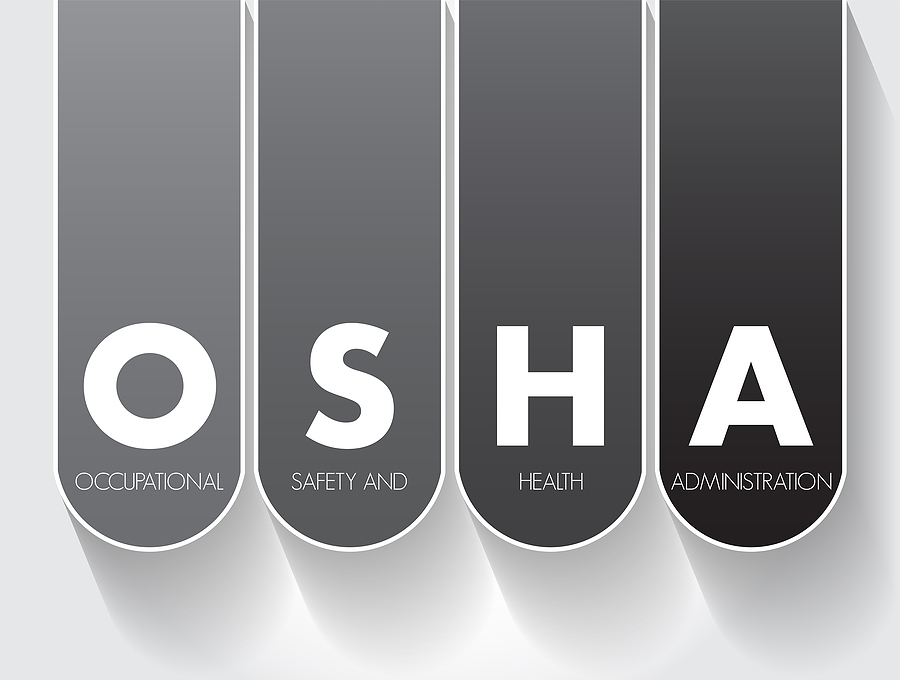Ways OSHA Protections Protect Construction Workers on Job Sites

The government agency that enforces workplace safety and health laws is called OSHA, or the Occupational Safety and Health Administration. We’ll also give you a thorough rundown of OSHA’s worker protection programs on construction sites in this post.
OSHA Regulations: Why They Are Important
To begin with, what is the significance of OSHA regulations? It is thus your duty as an employer or company owner to provide your staff with a safe and healthy work environment. One of the riskiest locations to work is a construction site, where employees run the risk of electrocutions, falls, being hit by objects, and becoming stuck in between incidents. Guidelines are provided by OSHA laws to reduce these dangers and guarantee worker safety. OSHA rules violations may lead to severe penalties and possibly criminal prosecution.
OSHA Construction Site Compliance Guidelines
Now that you understand the significance of OSHA laws, let’s examine the criteria for adhering to them on construction sites.
- Training and Education: Employers are required to provide their staff members with sufficient instruction on health and safety risks, preventative measures, and emergency procedures. Employers must provide language-accessible training to their staff in accordance with OSHA regulations.
- Hazard Communication: Employers have to have a documented program in place for communicating potential hazards to workers. This should include topics such as SDS (Safety Data Sheets), marking hazardous substances, and employee education.
- Fall Protection: Employers are obliged to install fall protection devices, such as guardrails, safety nets, and personal fall arrest systems (PFAS), since construction sites have the greatest rate of fall-related injuries.
- Electrical Safety: OSHA has particular rules on electrical safety, such as the installation of GFCI (ground-fault circuit interrupters) and lockout/tagout protocols for equipment maintenance. Electrical risks are frequent on construction sites.
- Personal Protective Equipment (PPE): Depending on the risks found at work, employers should provide the proper PPE, such as gloves, helmets, eye protection, and breathing protection.
- Scaffolding: Employers must make sure that scaffolds are created, removed, and used appropriately in accordance with OSHA requirements since they are often used on construction sites.
- Excavation and Trenching: To avoid cave-ins and other risks, employers should adhere to OSHA requirements on excavation and trenching.
- Stairs and Ladders: OSHA guidelines for the usage and upkeep of stairs and ladders should be adhered to by employers since they are often seen at construction sites.
OSHA Enforcement and Inspections
To make sure that companies and workers are abiding with OSHA standards, OSHA conducts inspections. Employers risk fines and penalties if they break OSHA standards. The amount of the punishment is determined by the severity of the infraction and the pattern of prior offenses. OSHA fines and citations may be appealed to by employers.
Resources Provided by OSHA to Employers and Workers
In order to guarantee adherence to OSHA standards and enhance workplace safety and health, OSHA offers a multitude of resources to both employers and workers. The following are some of the tools on the OSHA website:
- OSHA eTools, which provide interactive compliance support and training materials on a range of occupational risks.
- OSHA Training Institute Education Centers: they provide instruction on OSHA guidelines and requirements.
- The OSHA consulting Program, which offers free on-site consulting services to companies in order to help them identify dangers and enhance their safety and health initiatives.
- The OSHA Whistleblower Protection Program shields workers from retaliation by their employers when they disclose OSHA violations or submit complaints.
Important lessons learned
OSHA rules are essential for guaranteeing the health and safety of employees on building sites. It is your duty as an employer or company owner to abide with OSHA standards in order to avoid paying significant fines and penalties. This article’s main lessons are:
- OSHA standards provide instructions for reducing risks and hazards associated with construction sites.
- Employers have a responsibility to provide sufficient instruction and training on health and safety risks, preventative measures, and emergency procedures.
- OSHA offers resources to businesses and workers to guarantee compliance with rules and promote safety and health in the workplace.
- OSHA conducts inspections to ensure compliance with regulations, and breaching OSHA regulations may result in fines and penalties.
It’s time to take OSHA standards seriously and make sure construction site workers are safe and healthy. Let’s make the construction business a safer place for everyone to work by adhering to these principles.
